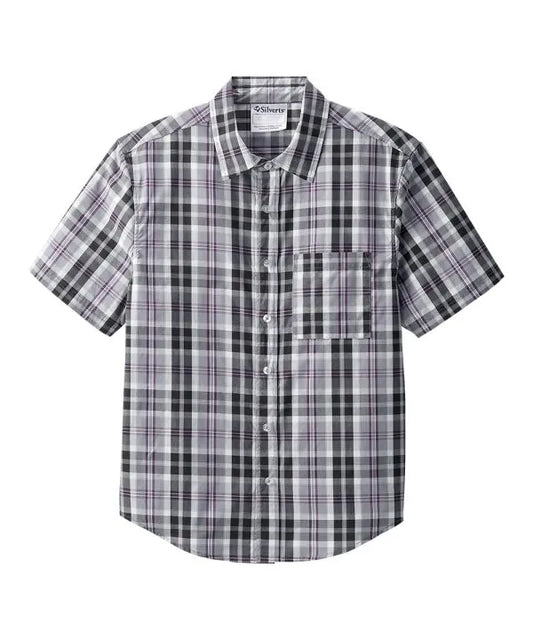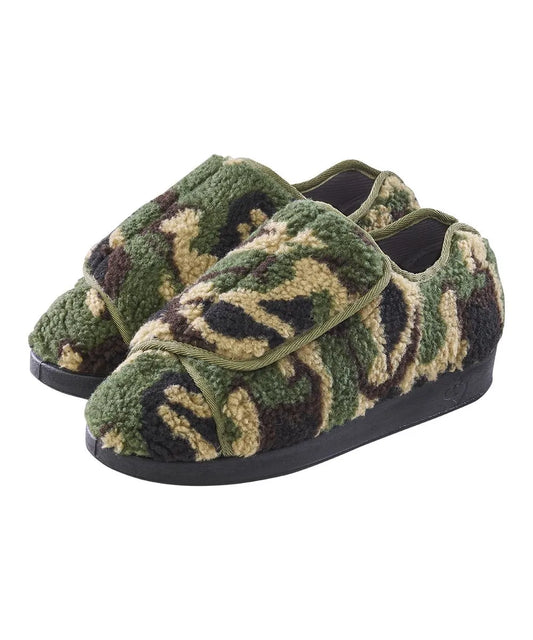As a caregiver, you have the opportunity to make a positive impact on the daily lives of your patients, including the task of dressing.
While dressing can be a challenge for aging or individuals , there are simple strategies you can use to make the process more enjoyable and efficient.
Tip #1: Choose comfortable and easy-to-use clothing
- Select clothing that is easy to put on and take off, such as pieces with elastic waistbands and Velcro closures.
- Avoid clothing with small buttons or tight-fitting clothing that may be difficult for your patients to maneuver.
- Don't forget to consider the weather and choose appropriate layers that can be easily added or removed as needed.
Tip #2: Plan ahead and be patient
- Dressing may take a little longer for aging or individuals with disabilities, so be sure to plan ahead and allow plenty of time.
- Encourage your patients to do as much as they can on their own, and offer assistance only when necessary.
Tip #3: Utilize adaptive clothing and dressing aids
- There are many adaptive clothing options available that can make dressing a breeze for your patients.
- Dressing aids, such as long-handled shoehorns and reachers, can also be incredibly helpful for those with limited mobility.
Tip #4: Take the patient's mobility and dexterity into account
- Keep your patient's mobility and dexterity in mind when choosing clothing and dressing aids.
- For example, a patient with arthritis may benefit from clothing with larger buttons or Velcro closures, while a patient with limited mobility may need a long-handled shoehorn to assist with putting on shoes.
Tip #5: Respect the patient's dignity and autonomy
- Above all, it's essential to respect your patient's dignity and autonomy.
- Encourage them to do as much as they can on their own and offer assistance only when necessary.
- Remember to always ask for consent before helping with any personal care tasks, such as dressing.
Dressing doesn't have to be a chore for aging or individuals with disabilities – with a little planning and the right strategies, it can be a breeze!
By considering the patient's comfort, mobility, and dignity, and using adaptive clothing and dressing aids, you can help your patients maintain their independence and feel confident and comfortable in their daily activities.
Women's Strappy Top with Back Overlap
Men’s Seated Cargo Pants with Back Overlap


















